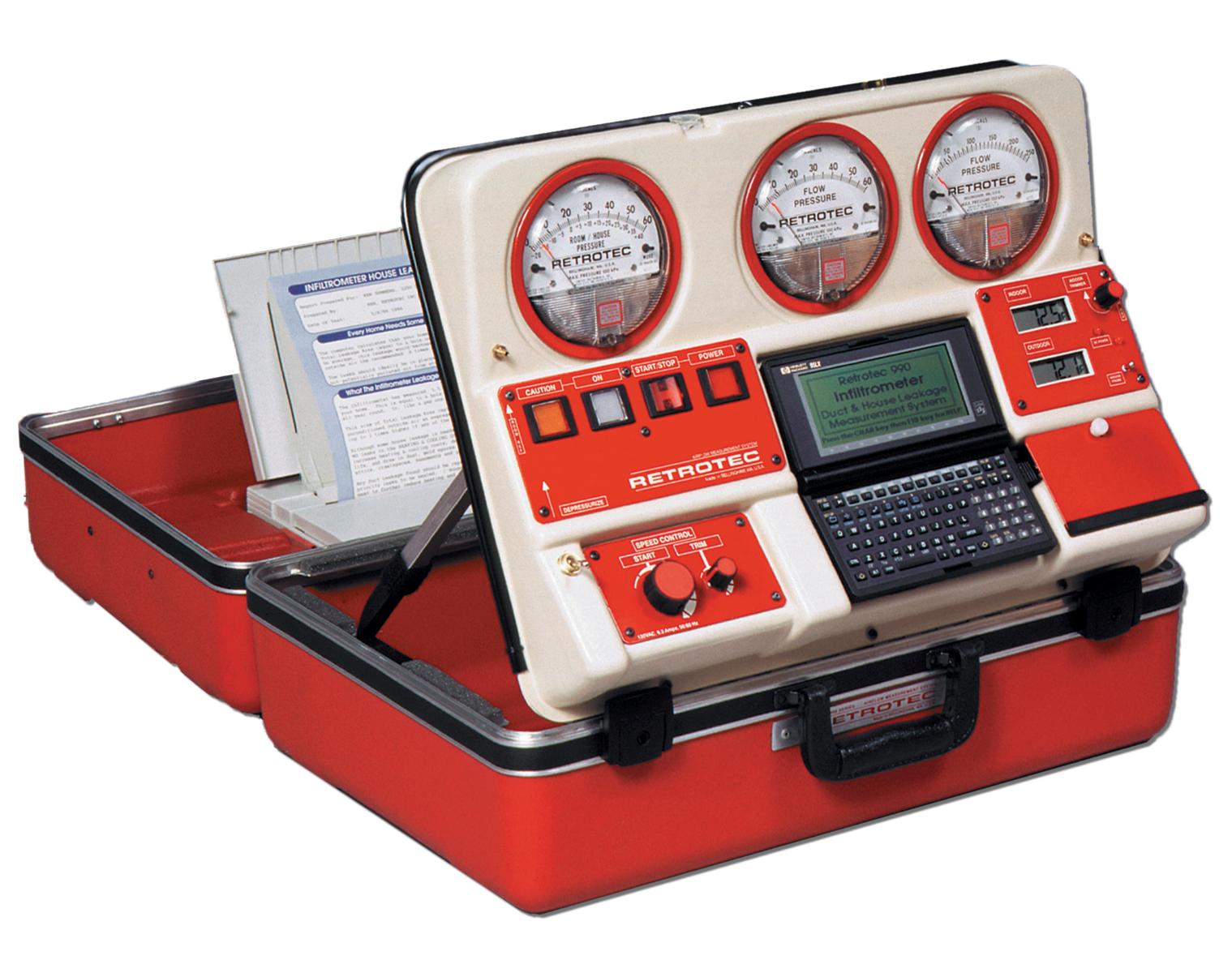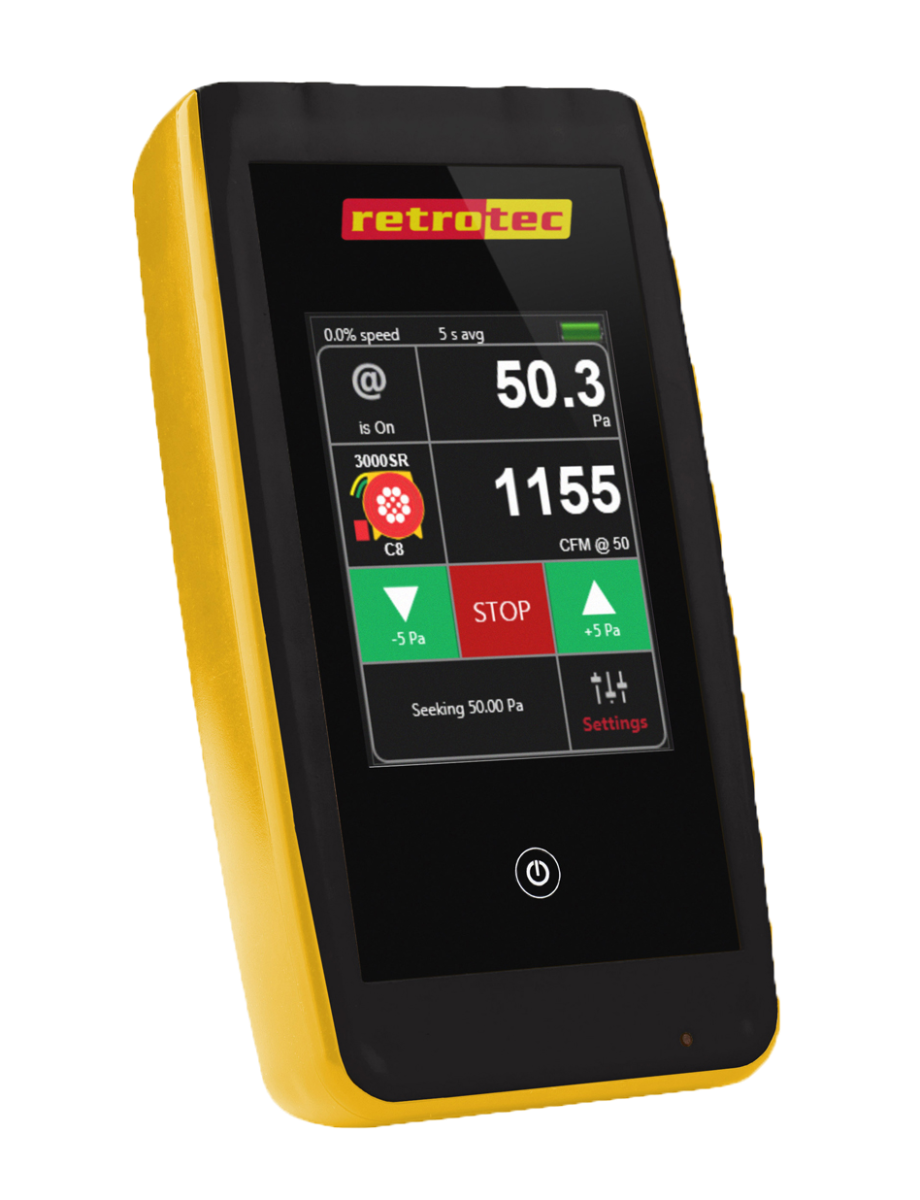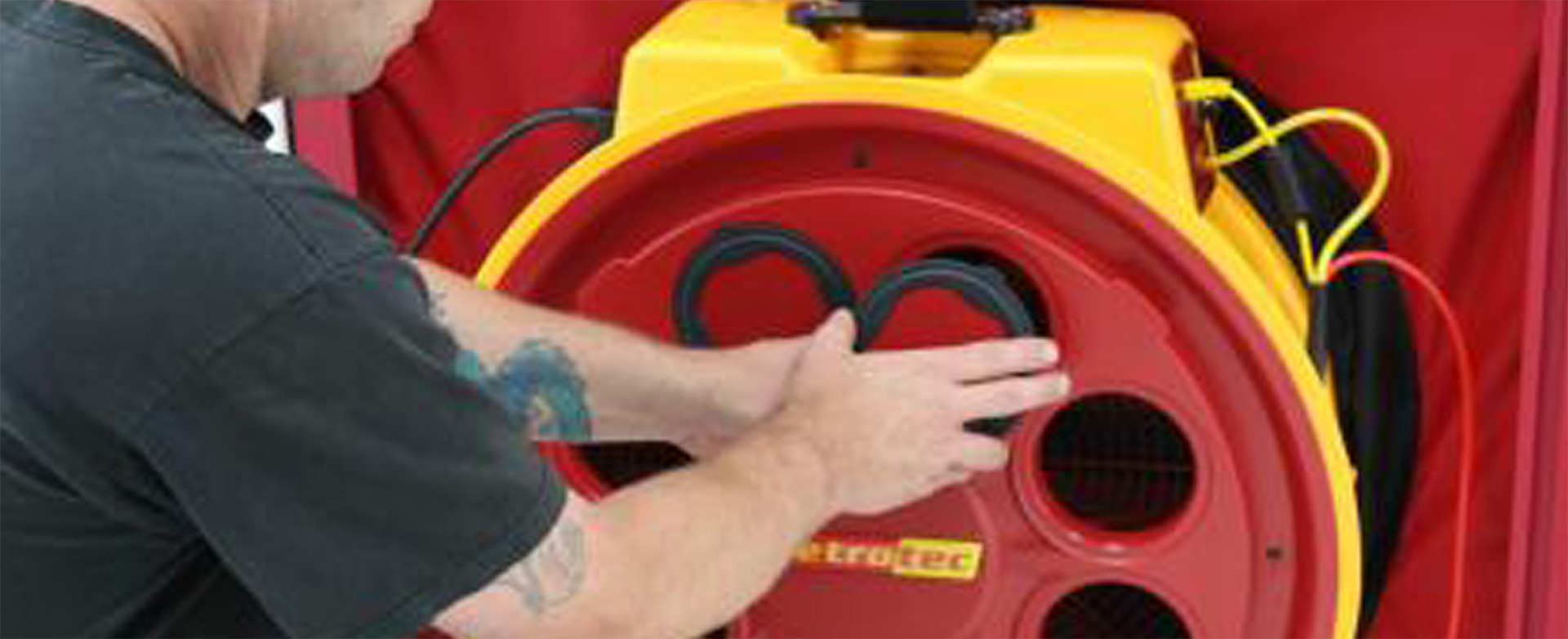Air Tightness Testing Comes of Age
Blower doors and duct testers have become important tools for high-performance builders. A longtime industry veteran looks a how we got here and what's next
This is the first of what will be a monthly column with my observations on the art and science of high-performance building and home testing. In this first column, I want to introduce myself and help you understand why you should care about these topics.
First, an introduction.
My name is Ben Walker and since May of 2017, I've been co-CEO of Retrotec, the world's largest manufacturer of blower door and duct testing equipment. Our products help designers and builders reduce building energy use, which contributes to a cleaner, healthier environment. That contribution is what gets me up every day.
Blower doors and duct testers have been around since the 1980s but at first, were only used by a small niche of energy-efficient builders. It's safe to say that most builders in those early years had little to no awareness of this equipment.
That began to change when energy codes and high-performance construction programs like Energy Star and LEED added air tightness requirements. Those requirements brought air sealing to the average builder's attention and has led an increasing number of them to embrace testing not just for compliance, but to ensure quality.
During my time in the industry, I've seen building science evolve and mature to the point where it's no longer difficult to build a durable, efficient and healthy home with minimal environmental impact. I've also seen testing equipment evolve to where it's more versatile, more accurate and more easy-to-use than ever.
 End Of The Infiltrometer
End Of The Infiltrometer
I started at Retrotec in 1995. I was a 22-year-old living in Bellingham Washington and had answered a classified ad for a Network Engineer. My phone rang. It was Colin Genge, who had founded Retrotec in 1980.
Despite not having had any formal training, I had been programming computers for a decade. “I have three computers networked together at my house, and I use them all day long, every day,” I told him. That was enough to convince him that I was the guy for the job.
While Retrotec currently has over two dozen employees and ships blower doors and duct testers to over 50 countries, back then it was staffed by 11 people who made and shipped just 8-10 "Infiltrometers" per month. Those early blower doors consisted of a pair of analog Dwyer Magnehelic gauges, a manual speed control knob, an HP 95LX or Sharp computer to calculate the results and a printer to spit out a report. Everything was hard-wired to a fan installed in a doorway.
 Going Digital
Going Digital
That was about to change. A big reason Colin hired me is that wanted to develop a digital manometer to replace the soon-to-be-obsolete magnehelic Dwyer gauges we had been using.
Little did I know what a challenge it would be. I spent endless nights over the next year working on the initial prototypes of what became the DM1, one of the first digital micro-manometers for the HVAC and Clean Agent industries. Retrotec continued to sell it before eventually coming out with the DM2 in the early 2000s.
However, around that time, I decided on a career change. It would prove to be a temporary but fortuitous editor.
It was the big dot.com era with new, web-based companies springing up like weeds. A friend of mine had was working at an e-commerce company and asked me to come on board to manage their website. The idea of working with some of my best friends was so appealing that I left Retrotec around Christmas of 2001. The new job didn't last: the market crashed, our funding ran out and I was out soon looking for work. However, I did meet my wife there, so I look back on the experience fondly.
For the next six years, I worked for a consulting company as a contract software developer on projects for a range of clients. Although being tossed into these different environments was painful, it was one of my most significant times of growth and learning. The exposure to different business models taught me a lot about what works and what doesn't—knowledge that has served me very well since then.
Then in the summer of 2007 my phone rang again. It was from Colin. He had heard I was in between jobs and asked to come back to Retrotec.
My first project was to develop a more accurate digital manometer. The result was the industry's first Touch Screen manometer with integrated WiFi for control by smartphone. The operator can set the pressure and it will automatically control fan to hold the desired enclosure pressure.
We also developed the rCloud automated testing app, which geolocates test location, automatically performs blower door or duct tests to common standards and creates secure digital compliance reports.
What's Next?
In 2017 Colin retired and Retrotec was acquired by Wohler a well-respected German tech company. Their involvement will help us expand into more markets and to develop even more advanced air tightness testing technologies.
Things we have under development include:
1. Technology improvements to help raters get in, do the job and get out more quickly without compromising accuracy
2. More smartphone and tablet integration
3. Wireless, multi-unit control capability
As mentioned above, we also see a growing market in quality assurance and improvement. Although most of our sales are in places where the energy code is enforced, testing has emerged as a best practice that should be embraced by all builders, and testing equipment as important diagnostic and quality control tools.
Data provided by the blower door and duct tester can help the builder and HVAC contractor make quality improvements that include:
- Reducing the size and run time of the heating or cooling system
- Eliminating drafts
- Helping maintain uniform temperatures throughout the house
- Designing ventilation and air filtration to ensure good indoor air quality and optimal humid
- Identifying and specifying details to keep moist air from getting into wall cavities where it can lead to rot and mold.
Blower doors and duct testers verify that workers have done the air sealing required to reap the above benefits. And the sophistication of today's equipment makes it easier than ever for skilled raters to pinpoint the source of duct or envelope leaks and to show the builder how to get better results on the next project.
I'll be diving into these and other issues and applications in future columns.







